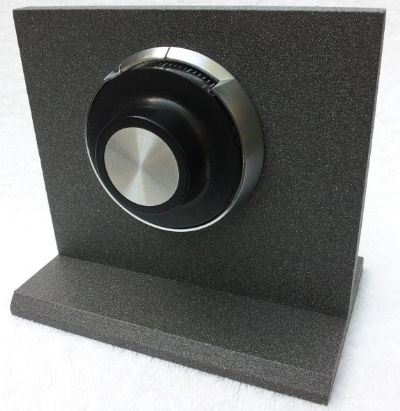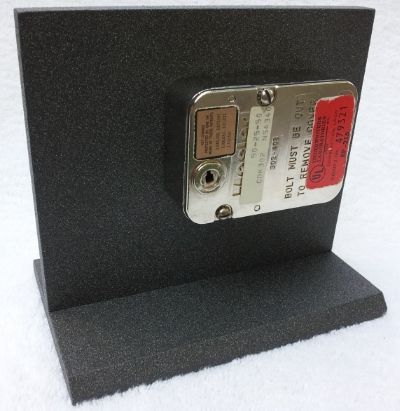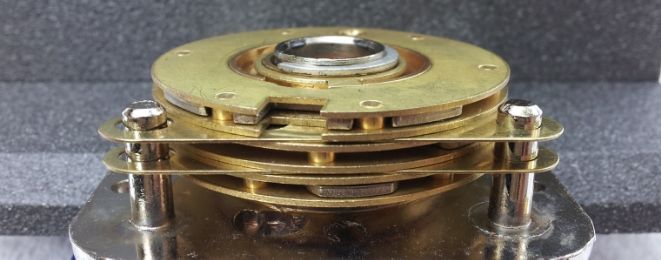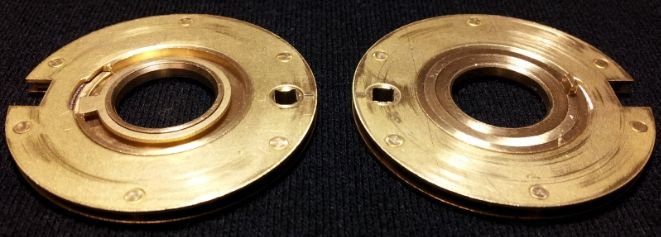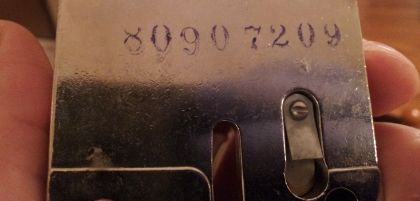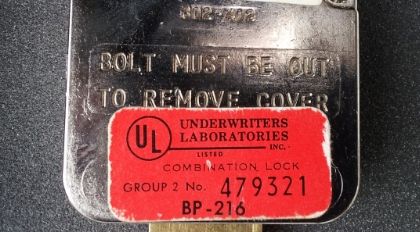OldddffAASSTT the Spin Master Extraordinaire and American Lock Slayer

Posts: 4412
Joined: Thu Mar 31, 2011 9:16 am
Location: Michigan
Re: Oldfast: Safe Chronicles
castagnojohn wrote:I have really enjoyed "safe chronicles" and have learned a lot by following your posts. It is great to see your progress and the fact that you don't have a stick up your butt about sharing information. I have numerous books on this subject and lock mounts too. Hoping to get going on manipulation very soon. Thanks for the info and inspiration. John
Thank you sir! Manipulation is a wonderful thing & a huge part of my life today.
It's great to hear you're enjoying it... and hopefully for years to come!
madsamurai wrote:Don't know how I missed this last one, but great post as always, Oldfast. Timely, too, as I'm about to finally mount a couple of Diebolds to play with and your tips will almost certainly give me a head-start.Oldfast wrote:I'm identifying this one as a very early version in the 900 Series (produced from 1954-1970). But corrections are welcomed!
You may be right, I've not seen the 900 series locks yet and wouldn't know the difference, but I have a 177-23 that looks absolutely identical (except that it's left-mounted), including the lack of relocker and ball-bearing. Mine doesn't have any serial numbers or other information besides the model, so I have no idea about production dates, etc.
Nice! Hope it helps... and hope to hear about your spinnin with 'em. Always good to see ya my friend
On a side note: Has fuck-it-bucket changed their 3rd party sharing policy again?! LOOK!! AAAAALL my photos have been restored
 Hundreds and hundreds of 'em. I'm even goin' back to some of the oldies, lol. The AMERICAN LOCK . The SLAYMAKER article. Or how about the J.B. Miller, remember THIS short lived fetish? lol. Anyway, I never paid the $400+ they were demanding, so I dunno what the hells goin' on... but I'm thinking it won't last for long and all the photos will be taken down again.
Hundreds and hundreds of 'em. I'm even goin' back to some of the oldies, lol. The AMERICAN LOCK . The SLAYMAKER article. Or how about the J.B. Miller, remember THIS short lived fetish? lol. Anyway, I never paid the $400+ they were demanding, so I dunno what the hells goin' on... but I'm thinking it won't last for long and all the photos will be taken down again. Anyone know what's going on with it?







